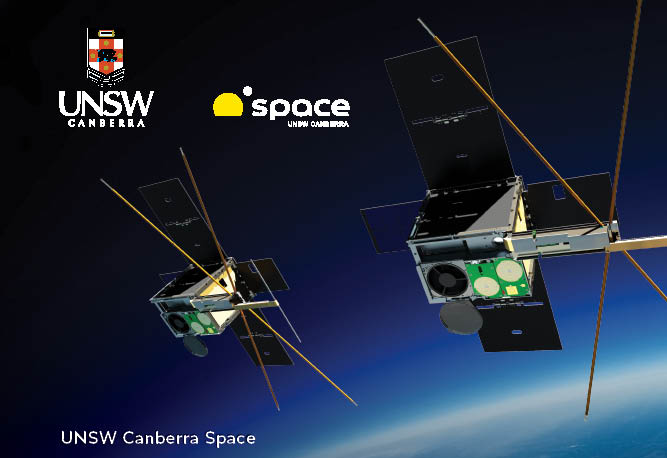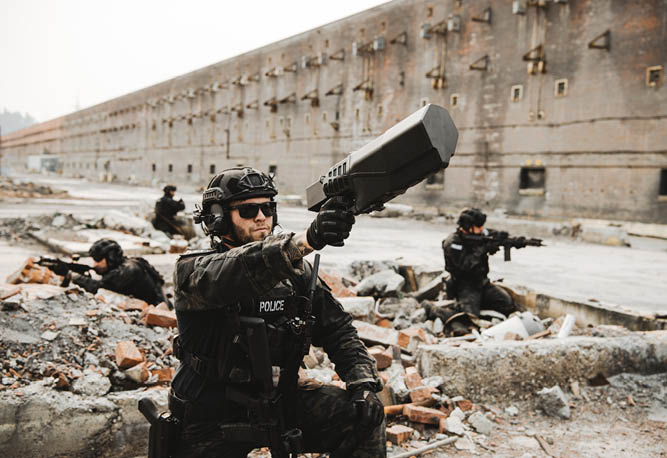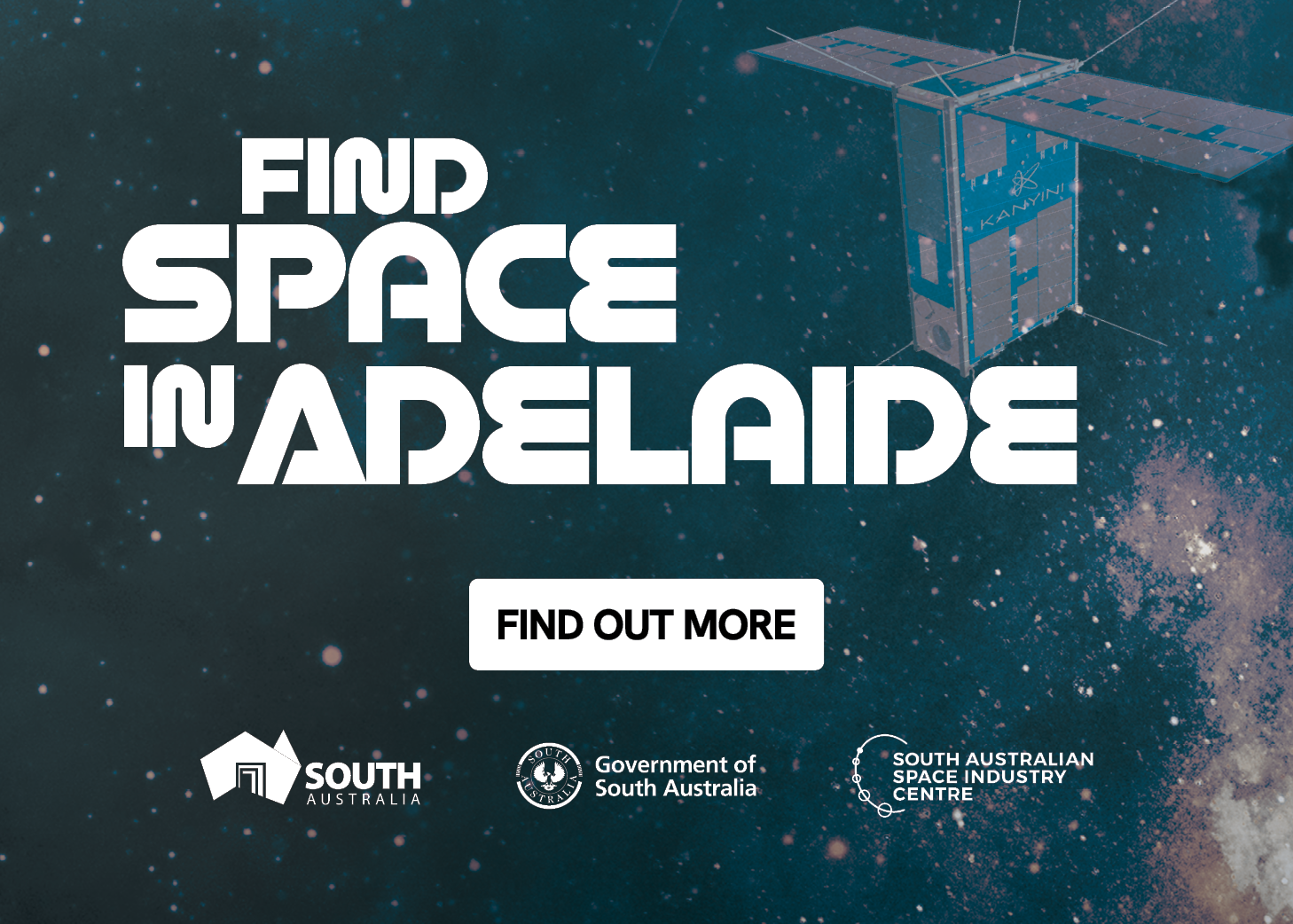The main goal of the researchers and staff at the Andy Thomas Centre for Space Resources (ATCSR) is to better understand what is required to achieve a sustainable, long term human presence in deep space. This starts with understanding what resources we can use along the way and what technologies we need to best use them. Using resources such as the water and regolith (the surface layers of dirt) that we find on the surface of the Moon and Mars can provide astronauts with oxygen, drinking water and fuel. These resources are also critical in providing the raw building materials for the construction of lunar infrastructure such as landing and launch pads, roads and buildings that can be used for habitation.
The ATCSR is partnering with other global leaders in the emerging field of off-world civil engineering and construction and developing new off-world engineering capabilities that directly support Australian Space Agency contributions to the NASA Artemis program. This capability and expertise is also making its way into new start-up companies looking to deliver innovative and cost effective lunar infrastructure solutions. With research programs focused on regolith engineering, water extraction, robotics and automation, habitat architecture, and space agriculture the centre is continually growing its pool of talented researchers and students who are actively engaged with the space sector and building collaborative networks here and around the world.
Recently, leading ATCSR researchers launched the Australian Society for Off-Earth Construction (ASOC), dedicated to facilitating the development and translation of Australia’s expertise in construction in off-earth environments. The ASOC brings together individuals and organisations addressing the challenges of off-world construction and infrastructure aggregation as well as connecting with related areas such as robotics, mining, in situ-resource utilisation (ISRU), energy, defence, agriculture, and medicine. The inaugural International Symposium on Off-Earth Construction (ISOC 2022) will be held in Adelaide, Australia in 2022, showcasing off-world construction research, innovations in construction practices and supporting technologies (https://ecms.adelaide.edu.au/atcsr/asoc).
Strongly aligned with these off-world construction efforts, the Waite Research Institute (WRI), a global leader in agricultural innovation, is addressing the challenge of ensuring astronauts have access to healthy and nutritious food. It is widely accepted that the growth of plants and the production of fresh food during long term space missions will be a critical element to a crew’s physical and mental health, as well as supporting environmental regeneration. An international team of cutting-edge researchers led by the WRI are combining current agricultural technology solutions with other advanced capabilities such as robotics and automation to ensure plant growth can be optimised for the specially controlled conditions required for long term stays on the Moon and Mars.
Ultimately, these research efforts will provide the foundations upon which human communities can flourish elsewhere in the solar system. The University of Adelaide is the home of the Deep Space Habitation Group, which incorporates thought leaders from numerous non-traditional space disciplines that have come together to better understand long term space habitation from the perspectives of governance, health care delivery, psychological support, employment, recreation, law, and architecture. The group is a unique combination of expertise and experience committed to examining the complex social science issues that are emerging as humanity moves into space for the long term.
Closer to Earth but with a true focus on the Moon and Mars, the University of Adelaide is the home of the Australian Rover Challenge with the 2022 challenge to be held 25-27 March on the University’s North Terrace Campus. Partnering with the South Australian Space Industry Centre (SASIC) and supported by the Australian Space Agency and the SmartSat Cooperative Research Centre, student teams from a number of Australian universities will land in Adelaide to test their semi-autonomous rovers in a simulated lunar environment. Their rovers will conduct a number of tasks including navigation, resource utilisation, and construction, all while being assisted and mentored by international industry and government partners. In addition to the challenge tasks, the students will also present their rover designs to industry professionals, academia and Australian Rover Challenge judges.
All of the above research and education efforts promise to deliver benefits terrestrially with regard to increasing energy efficiency, transportation, farming, waste reduction, and improvements to human and environmental health.
Whether you are a prospective student wishing to join our space research efforts, industry looking for a cutting-edge research partner situated next to Lot 14 and the Australian Space Agency, or in need of a lunar/Martian surface hardware testing environment, please contact the ATCSR for more information.














